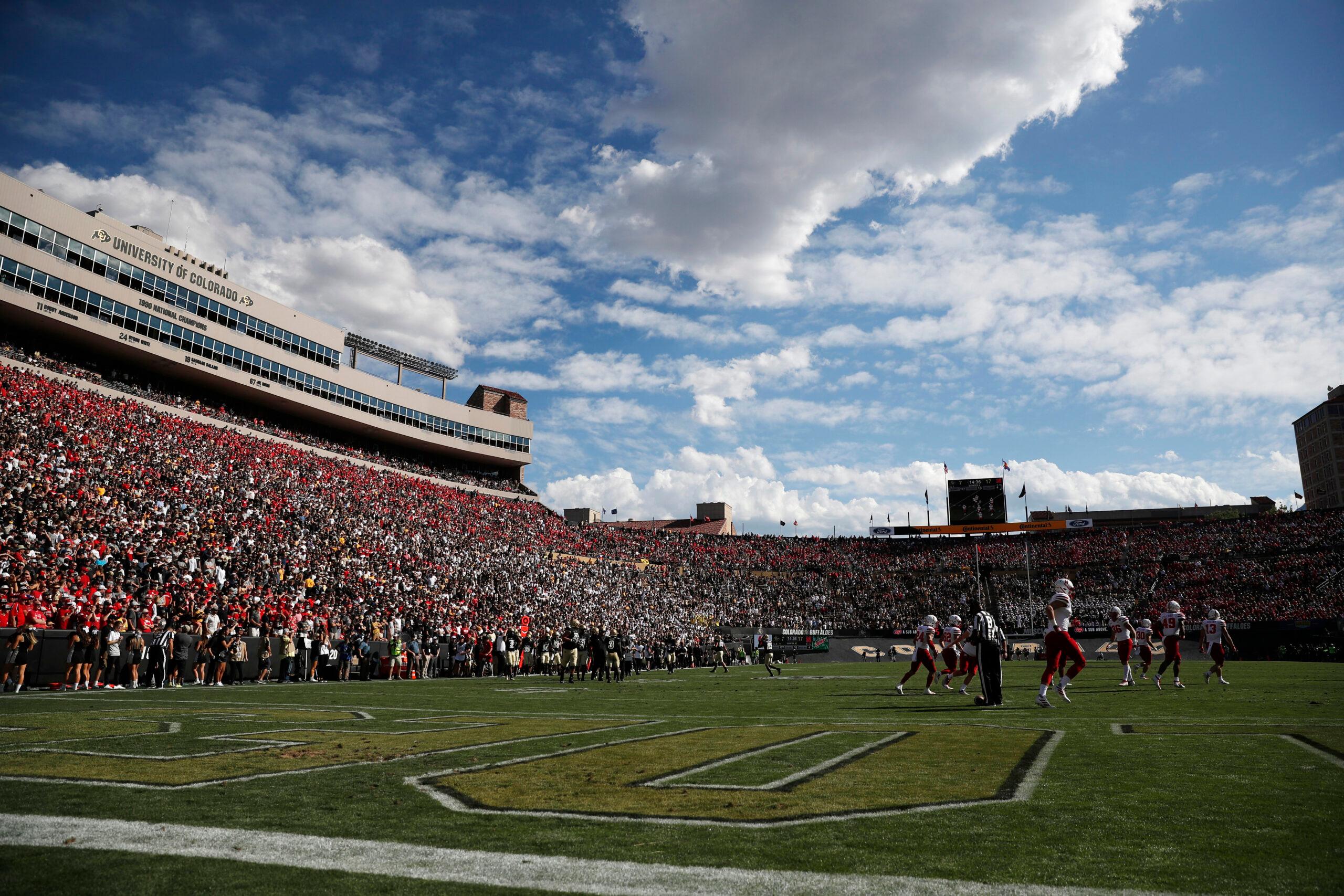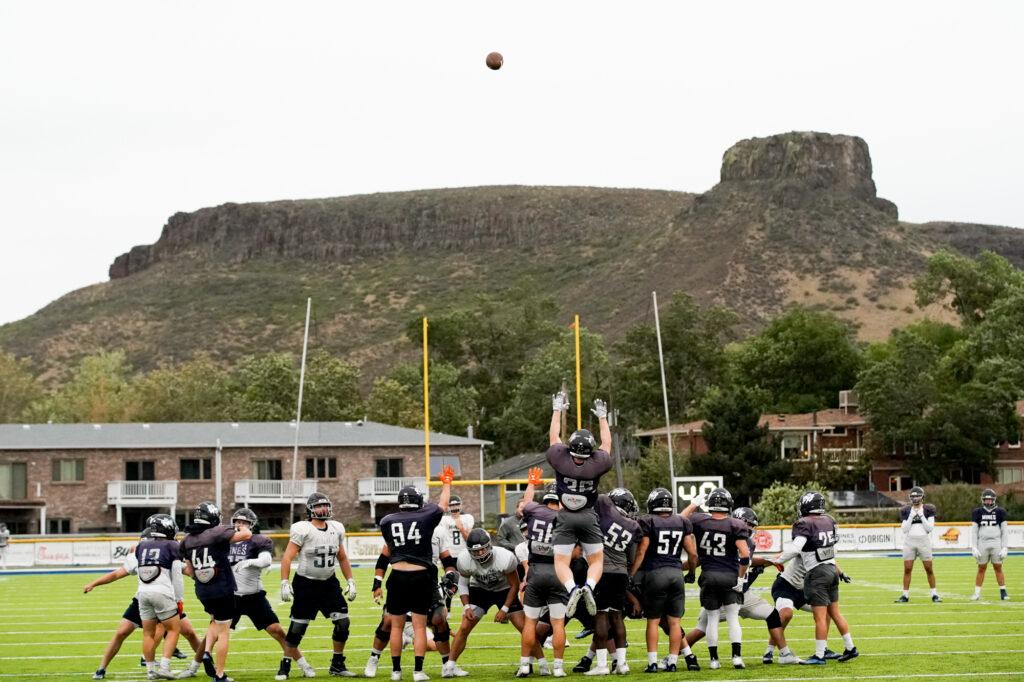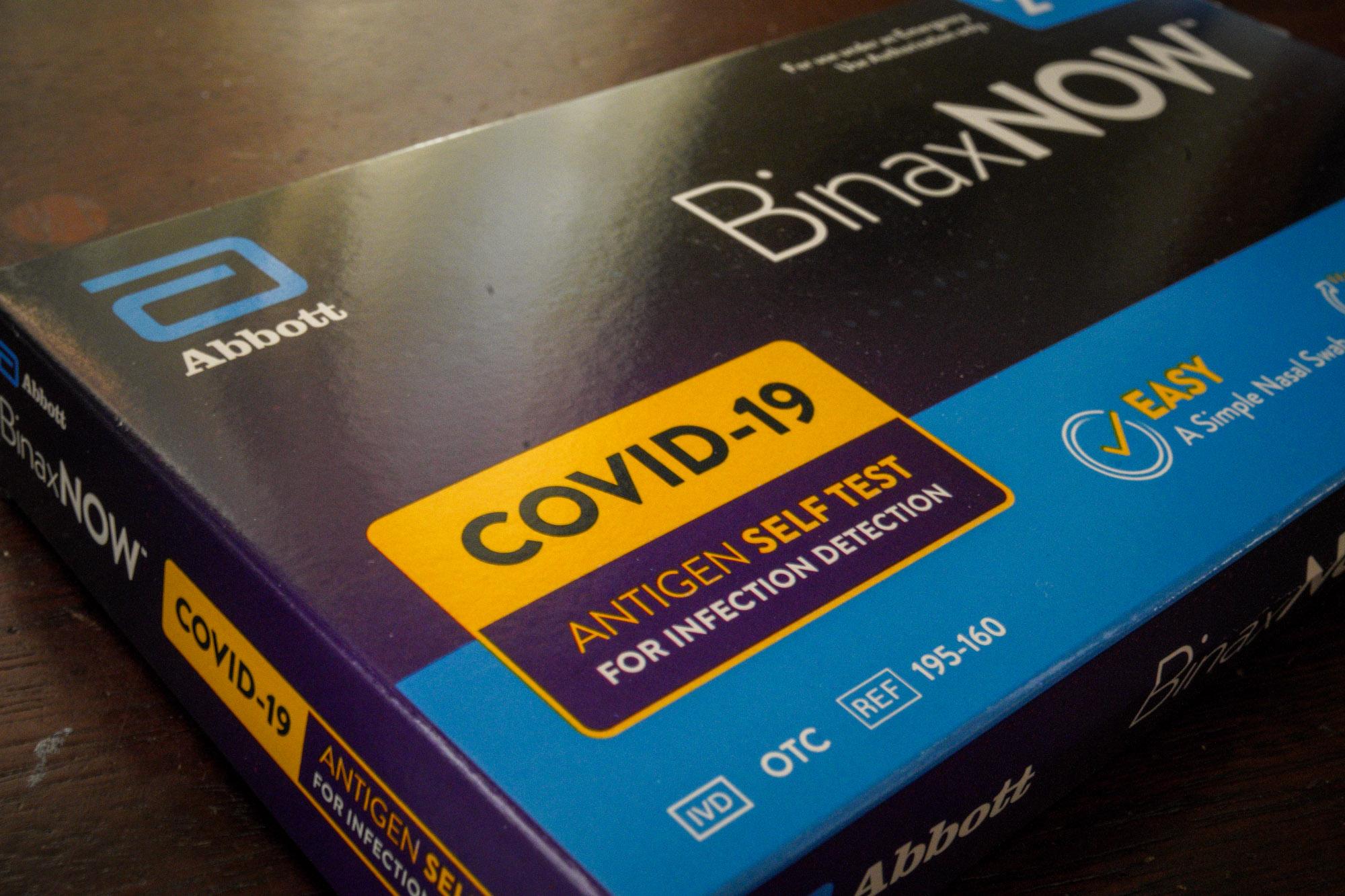
A recent report from the Colorado Office of the State Auditor shows all but two collegiate athletic teams in Colorado are losing more money than they make.
The report, which was submitted to the state’s Legislative Audit Committee earlier this month, curated and summarized NCAA financial disclosures from the state’s three Division I universities and eight Division II universities between 2013 and 2022. Private universities, like the University of Denver and Colorado College, were not included in the report.
Each financial disclosure statement outlined the revenue each program made, split into self-supporting revenue and institutional support, as well as the expenses associated with each program.
The auditor’s report highlights a pattern among the 11 institutions included in the report — athletic expenses are outpacing profits, leading to an increasing amount of institutional support being drawn from tuition, state funds and other non-athletic funds to cover the deficit.
“Institutions’ athletic expenses are growing at a faster rate than their self-supporting revenue,” the report said. “Specifically, total athletic expenses for the State’s Division I and Division II institutions increased by $88.9 million from Fiscal Year 2013 to Fiscal Year 2022, while total self-supporting revenue only increased by $58 million during the same period.”
The state’s DI institutions are spending big bucks on athletics
For years, universities have touted athletics as a way to build a campus culture, bring in prospective students, and maintain connections with alumni. Many universities say their athletics programs bring in an incalculable value to their campuses.
The University of Colorado Boulder, the state’s flagship college, is by far the most popular collegiate athletics program in Colorado. That’s been amplified by the arrival of head football coach Deion Sanders, a former NFL superstar and Pro Football Hall of Fame member, who has promised to turn around CU’s floundering program. CU’s also recently announced a move to the Big 12 Conference, partially due to a perceived more stable financial situation in the new conference than in its current conference, the Pac-12.
CU’s ambition on the field is matched by its spending — with $96 million in expenses, CU’s spending eclipses that of the second biggest program in the state, Fort Collins’ Colorado State University. CU’s deficit is about $13 million. That figure is partially kept down by the Buffs’ football and men’s basketball programs, which are the only profitable collegiate sports teams in the state.
Still, in fiscal year 2022, the CU athletics department needed about $8 million of direct institutional support, which is described as “state funds, tuition, tuition discounts/waivers, [and] transfers.”
The CU system said that doesn’t account for $12 million in financial aid to student athletes, which the NCAA counts as an expense. The system said scholarships, funded with money from the athletics department itself, are cash in the bank for the academic institution, essentially canceling out the direct support provided by the university, and then some.
“When looking at the athletic program expenses exclusively, that's why you have to look at [student-athlete scholarships] as an expense because that is a cost of that student being able to participate in that sport,” said Marisa Edwards, deputy state auditor with the Office of the State Auditor.
Of the three Colorado DI schools, Colorado State University appears to be in the least sustainable situation. The university reported a $28.2 million athletics deficit in 2022, the highest in Colorado. That’s compounded by the construction of CSU’s Canvas Stadium, which opened in 2017. Direct overhead expenses, which includes bond payments on the stadium, went from about $107,000 in fiscal year 2013 to just over $14 million in fiscal year 2022.
Institutional support from CSU to make up for the athletic department deficit rose 90 percent since fiscal year 2013, from about $11 million to $20 million last year.
CSU defended its spending, arguing that its athletics program is an integral part of the on-campus and off-campus community.
“The Department of Athletics is a thoughtful steward of university resources, and we will continue to operate, as we always have, with an eye on fiscal responsibility,” CSU said in a statement to CPR News. “Support for CSU athletics accounts for 1.64 percent of CSU’s more than $1.2 billion in annual expenditures and returns $8.5 million in tuition revenue, room and board, and facility overhead.”

Another of Colorado’s DI universities, Greeley’s University of Northern Colorado, reported a $10 million deficit.
Dave Ridpath, a professor at Ohio University specializing in NCAA sports and a CSU alum, said he’s found that DI schools are funding a costly desire to win and be competitive. He pointed towards Deion Sanders’ record-breaking $30 million contract at CU and the subsequent spending towards revamping the football program, which has seen losing records in recent seasons.
“I think people like [CU Boulder Chancellor] Phil DiStefano and others have to be cautious because this could blow up in their face,” Ridpath said. “If they only won two or three games, what do you do from there? It still is an institution of higher learning, and until we reconcile that what's going on in Boulder, Fort Collins and other places is essentially a professional sports franchise that is attached to a university, then maybe it could actually be used as an auxiliary that could be maybe even more so used as an enrollment and marketing tool.”
Ridpath expressed concern about where the money to fund these programs are coming from, and if that’s money well spent during a period where student debt nationwide has ballooned to over $1.7 trillion, and tuition continues to rise across the state and country.
DII programs are at a crossroads as DI schools continue to splash cash
Colorado’s Division II schools are in a similar situation to their Division I counterparts, albeit at a smaller scale. Deficits for those athletic departments range from about $5 to $10 million.
Expenses are at a fraction of their DI counterparts. Even when combined, Colorado DII expenses don’t surpass CU’s spend. The eight DII schools have a combined expenditure of $71 million, the audit found, and a combined self-supporting revenue of $17 million.
David Hansburg, the athletics director at the Colorado School of Mines, said there isn’t an expectation among lower division schools to generate revenue. He said many Division I schools across the country have lost sight of the academic-athletic partnership that they’re supposed to curate.
“There are many Division I [schools] that have skewed the viewpoint of the public,” Hansburg said. “But for most of us operating in DII and DIII, it's still for the overall betterment of the community, the institution, all students, and obviously student athletes.”

As DI schools continue to spend big bucks on their athletics program, Hansburg worries that will have profound effects on lower division athletics. While he’s confident Mines’ teams won’t be going anywhere anytime soon, he notes there are smaller schools with even smaller budgets that might choose to do away with their sports teams.
Hansburg said recent policy developments within the NCAA professionalizes collegiate athletics, making it more necessary to splash cash to compete.
“I do believe that with ‘name, image and likeness’ and the ability of student athletes to transfer freely, they have professionalized, to a certain degree, some sports at the highest level,” he said. “If all student-athletes are declared employees, because that's something that's out there right now, that would be a major threat to Division II [and] Division III, because there's no way we can afford to pay student athletes as employees.”
It isn’t clear how much tuition goes towards athletics
All Colorado DI and DII universities, except for Colorado Mesa University, send a portion of mandatory student fees to the athletics department.
The fees vary by university, and can range from Metropolitan State University of Denver’s $87 to University of Northern Colorado’s $475. That’s in addition to other student fees, which pay for services like technology support and transit passes.
Student bodies are generally tasked with voting to approve new student fees or increases. In some cases, students are paying fees that student bodies from years prior voted to approve. At CU Boulder, students are paying over $100 per semester under the recreation center expansion fee, which was passed by students in 2011.
State Sen. Dafna Jenet, who serves on the Legislative Audit Committee that reviewed the athletic budget report, as well as the House Education Committee, said she didn’t realize that much money from student fees goes to athletic departments.
“I don't think we should lose athletics,” Jenet, who was a state representative at the time, told CPR News. “Who pays for it is another question. And if there is more efficient, more effective spending that we could be doing that doesn't put at risk the existence of our athletic programs, I think we need to be doing that.”
Students could be paying more towards athletics than just student fees. NCAA financial disclosures state that direct institutional support could also include tuition dollars. Disclosures don’t break down how much of a student’s tuition goes towards athletics departments, and universities often don’t break down what their tuition pays for, unlike student fees.

Roger Pielke Jr., a CU professor who founded the now-defunct Sports Governance Center, said most students are likely paying at least a little of their tuition towards athletics programs.
“It's not a huge factor, but it is an expense that is not listed on your tuition bill, other than the athletic fee [on your student fees],” he said. “So it's something that happens and could use a little bit more transparency.”
Meanwhile, tuition across the country continues to rise. In Colorado, most universities increase their tuition at least 3 percent every year. University of Colorado system CFO Chad Marturano said zero percent of CU’s tuition increases have gone to athletic budgets.
“We've had increased costs tied to salary to try to pay our people what they deserve,” Marturano said. “We've had increased costs related to health, life, dental insurance, all of those things that are just mandatory costs.”
Colorado universities have historically relied on tuition and fee revenue more than their peers in other states. A 2020 report found Colorado’s tuition and fee revenue is collectively 18 percent higher than similarly sized colleges in different states.
This reliance plays into the debate Sen. Jenet frequently ponders: Should students, universities, or the state government shoulder the financial burden of higher education?
“I think that the state is not paying enough into state education period, and that we need to be investing more in higher ed and in K-12 education than we ever have been before,” she said. “I think we need to invest more than we have been before, and we're laying the burden of the piece of education that the state is no longer paying at the feet of our students.”









